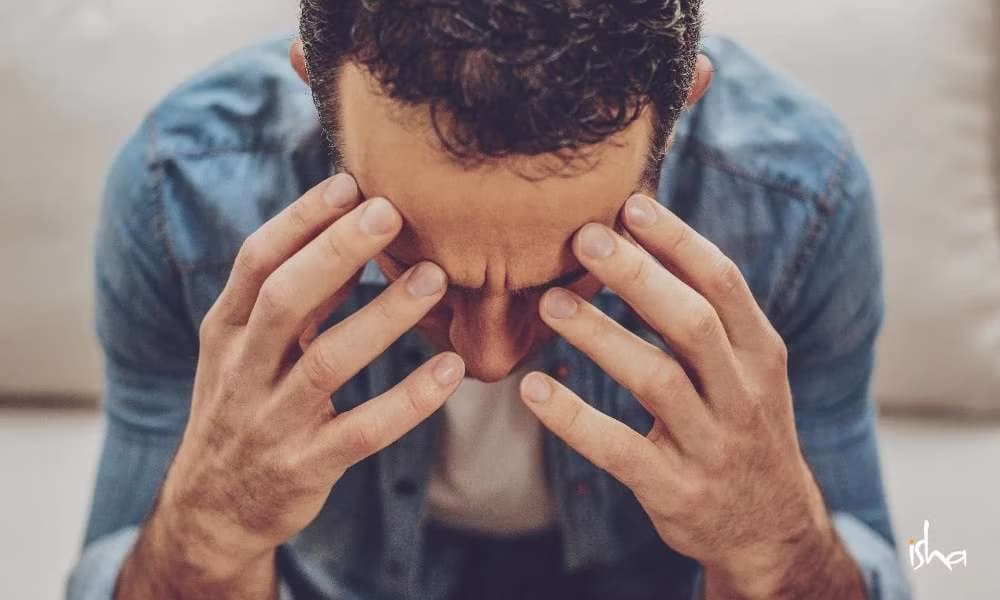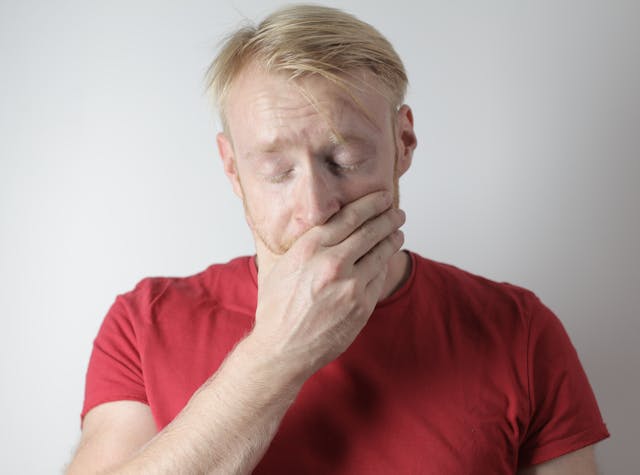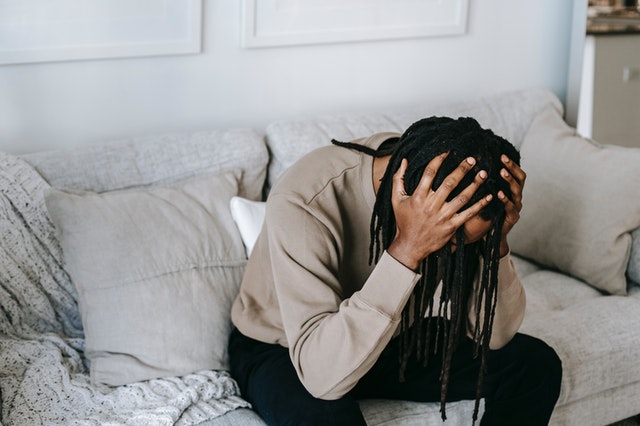Ask someone about anxiety and you get answers that involve sweaty pains, shaky voices, and heart palpitations. Anxiety is a mental health condition, yes, but it results in a vast array of physical signs and symptoms. This can include dizziness, dry mouth, nausea, and fatigue. But did you know that anxiety and stress are also top causes of chronic pain?
Unlike acute pain, the pain that anxiety provokes does not occur and then disperse. It can feel like an ache or a burning or even a shooting pain, but it’s ongoing. Understanding the connection between anxiety and pain is a powerful step toward addressing it.
How Does Anxiety Affect Chronic Pain?
We’ll discuss three specific mechanisms below. But keep in mind that high levels of stress and anxiety can affect your body in countless ways — internally and externally. It could be your skin. It could be your bones. That’s why it is essential that you do not ignore unexplained pain. Anxiety could be the culprit and, fortunately, anxiety is treatable.
3 Specific Ways Anxiety Causes Chronic Pain
1. Tension
No one has to tell that your muscles get tense when you get stressed. The more often your muscles are tense, the more likely it results in chronic pain, e.g.
- Neck, back, and shoulder aches
- Headaches and migraines
- Joint pain
- Overall muscle tenderness
2. Inflammation
We are hard-wired to respond to threats and danger. This fight-or-flight response involves the release of powerful stress hormones like cortisol and adrenaline in our bloodstream.
Chronic anxiety creates a chronic overload of these chemicals. In turn, this leads to inflammation. Inflammation is often the most common cause of head-to-toe chronic pain.
3. Nerve-Related Pain
An anxiety disorder will frequently cause a malfunction in how your nervous system handles sensory information. Being stuck in a fight-or-flight response causes ongoing stimulation. Over time, this leads to stress-induced nerve damage and pain.
 All of This Creates a Cycle
All of This Creates a Cycle
Unfortunately, there’s more. Anxiety is a disorder that feeds on itself. It tells very convincing lies. Unbeknownst to you, anxiety contributes to the development of chronic pain. When you begin to notice this unexplained discomfort, that’s when anxiety does what it does best. It causes fear, worry, and panic about the pain.
The cycle gets you locked into a pattern of:
Feeling anxious
- Experiencing pain due to the anxiety
- Not being able to initially find a reason for the chronic pain
- Feeling anxious that the pain is a sign of something terrible
- Experiencing more pain that’s caused by this new layer of anxiety
- No longer being able to accurately assess your pain and anxiety levels
Without some kind of productive intervention, this cycle will continue. But let’s return to a phrase that appears above: “fortunately, anxiety is treatable.”
Two Tracks of Treatment
You and your therapist will be teammates in this effort. The first step is recognizing and accepting the cycle described above. From there, you can begin introducing self-help steps like:
- Relaxation techniques
- Healthy habits related to sleep, eating, and exercise
- Mindfulness and meditation
- Being willing to lean on a support system
Running parallel with this commitment will be your therapy sessions. Those weekly meetings will be where you cultivate the coping skills you need to address the anxiety-pain cycle. You can view your sessions as a mix of a safe space and a workshop. With guidance, you will learn how to identify patterns, recognize underlying causes, and create new approaches.
If any aspects of this post resonated with you, I’d love to chat with you soon. Let’s set you up for a free and confidential consultation. You can live free of chronic pain and I can help get you there with anxiety therapy.





